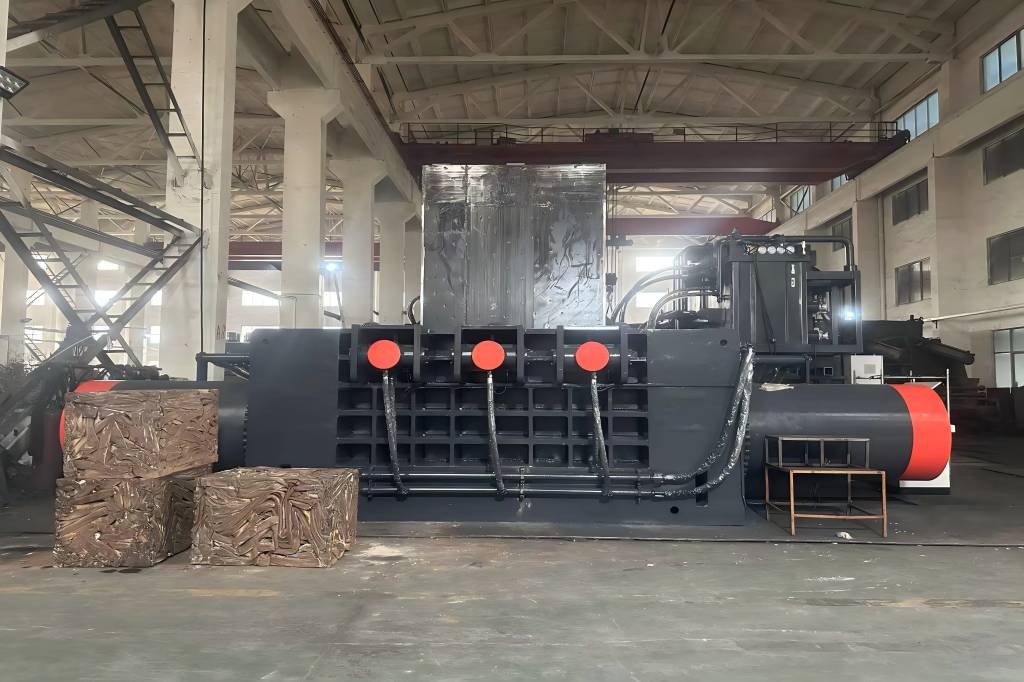In the automotive recycling industry, the advancement in processing technologies has significantly enhanced the efficiency and safety of handling end-of-life vehicles. While Car Flatteners and Car Balers have been around for decades, recent improvements have made these machines faster, safer, and more user-friendly than ever before.
Modern versions of these machines often feature automated operations that require fewer manual interventions, thereby reducing labor costs and increasing operational efficiency.
This post will explore these technologies in depth, highlighting how their evolution benefits businesses in the recycling sector and contributes to environmental sustainability.
Car Flatteners

Definition and Operating Principle
Car Flatteners are heavy-duty machines designed to compress vehicles into flat plates. Operating on hydraulic or mechanical principles, these flatteners reduce the volume of a car significantly, enabling easier handling and stacking in recycling facilities.
Key Features
- High Compression Ratio: Efficiently reduces vehicle size to facilitate stacking and transport.
- Rapid Operation: Modern flatteners are designed to process cars quickly, minimizing turnaround time.
Advantages
- Compact Footprint: Requires less space, making it ideal for smaller facilities.
- Ease of Use: Recent models feature automation that simplifies operations, often requiring minimal human supervision.
Common Applications
- Small-scale Recycling Yards: Perfect for operations that have space constraints.
- High-throughput Scenarios: Ideal where quick processing of vehicles is needed.
Car Balers

Definition and Operating Principle
Car Balers compress vehicles into cuboid bales, making them easier to transport and store. These machines use powerful hydraulic presses to crush cars into high-density bales that vary in size depending on the settings.
Key Features
- Adjustable Bale Sizes: Allows customization based on storage and transport needs.
- High-Pressure Compression: Ensures the cars are compacted into the smallest possible volume.
Advantages
- Enhanced Transport Efficiency: The uniform bales improve load stability, reducing transportation costs.
- Reduced Storage Space: The dense bales take up less room, increasing storage capacity at facilities.
Common Applications
- Large-scale Recycling Centers: Suitable for handling large volumes of cars.
- Long-distance Transport: Efficient for operations that involve transportation over significant distances.
Considerations for Selection

Cost-Benefit Analysis
- Initial Investment vs. Maintenance Costs: Balers typically require a higher initial investment but may offer more significant long-term savings due to their efficiency and lower labor costs.
- Economic Benefits: Analyzing the potential revenue from recycled materials can help justify investing in more sophisticated equipment.
Environmental Impact
- Potential Benefits: Both technologies help reduce landfill use and lower the environmental footprint of automotive waste.
- Operational Emissions: Modern machines are designed to be more energy-efficient and may contribute to a company’s sustainability goals.
Equipment Suitability
- Business Needs: Depending on the volume of cars processed and the space available, one may be more suitable.
- Automation Level: Consider the level of automation needed to optimize labor costs and operational efficiency.
Conclusion
| Feature/Advantage | Car Flatteners | Car Balers |
|---|---|---|
| Definition | Compresses into flat plates | Compresses into cuboid bales |
| Operating Principle | Hydraulic/mechanical pressure | High hydraulic pressure |
| Key Features | High compression, fast operation | Adjustable bale sizes |
| Advantages | Compact, easy to use, automatable | Efficient transport, space-saving, automatable |
| Common Applications | Small yards, high throughput | Large centers, long transport |
| Costs | Lower initial, moderate maintenance | Higher initial, lower long-term |
| Environmental Impact | Reduces landfill use | Reduces landfill use, more eco-friendly |
| Suitability | Limited space, quick processing | Large-scale, high automation |
Car Flatteners and Car Balers each play a crucial role in the recycling of vehicles, with distinct benefits tailored to different operational scales and needs. By understanding each material’s specific benefits and applications, businesses can make informed decisions consistent with their operational goals and environmental commitments.
Call to Action
We encourage businesses in the automotive recycling industry to explore these technologies further to enhance their processing capabilities and contribute to a more sustainable future.




